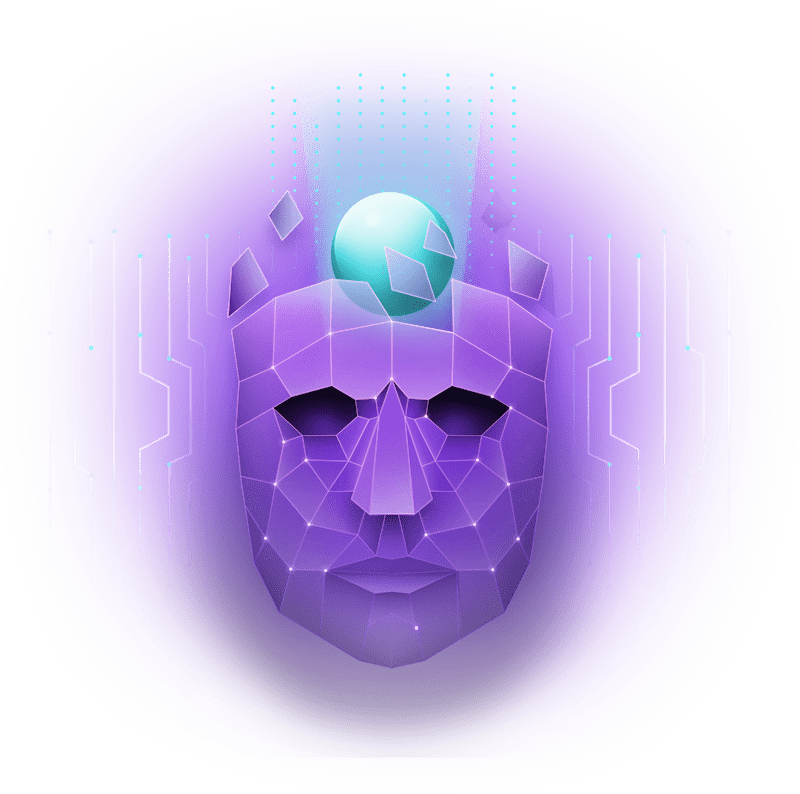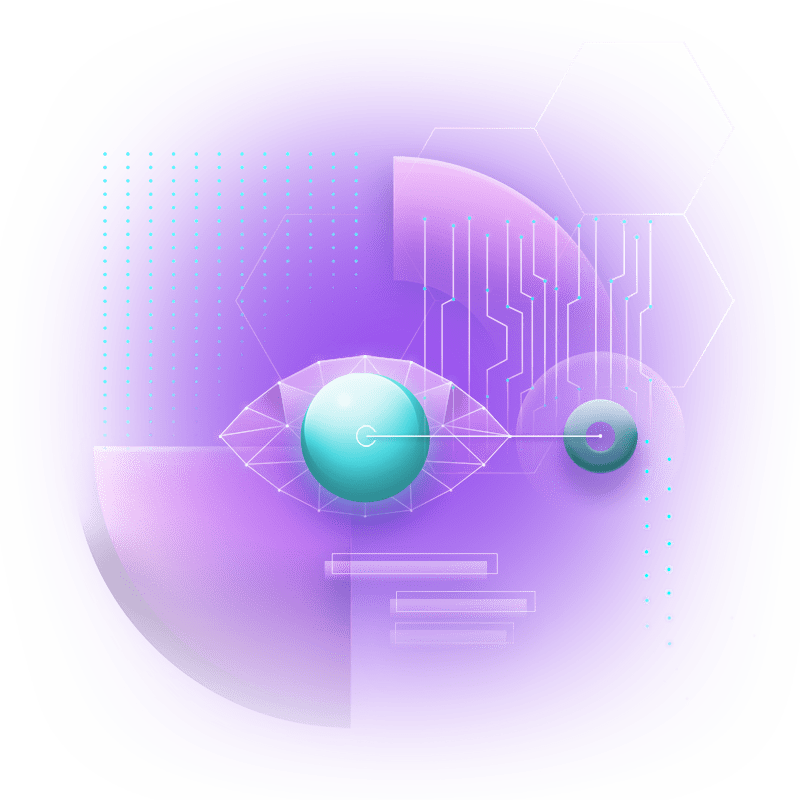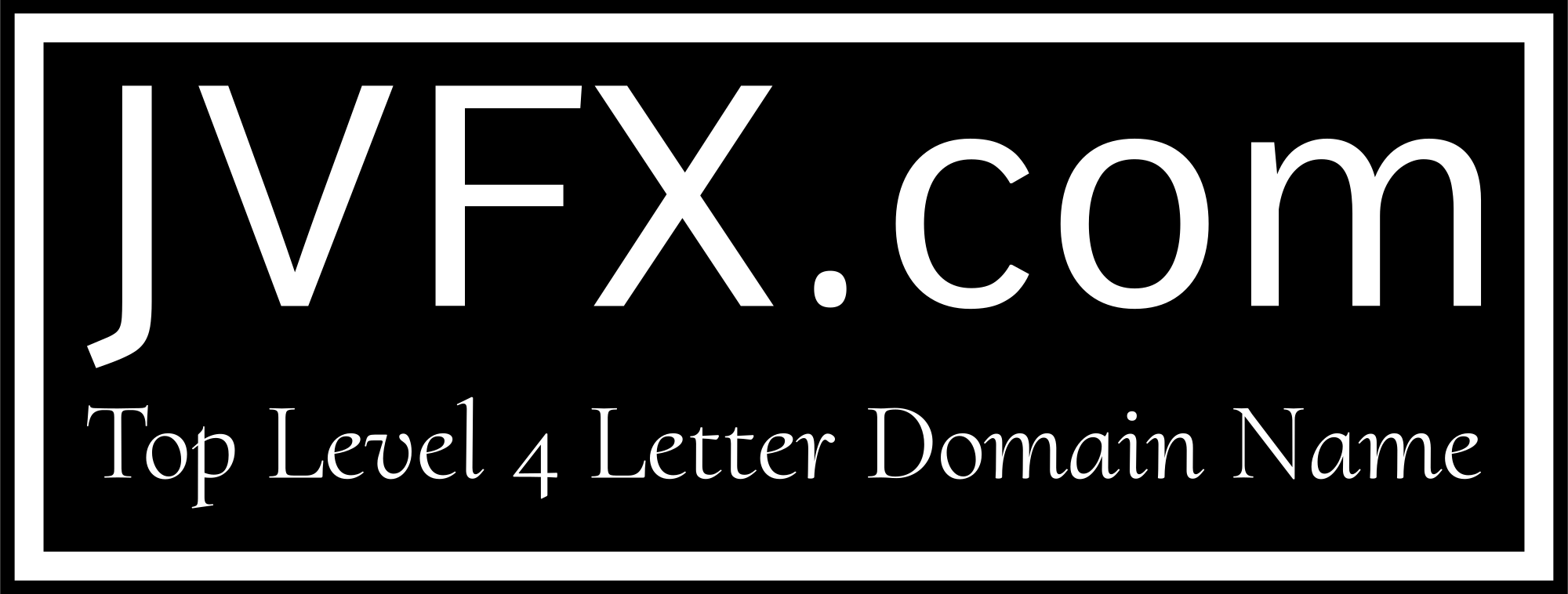Joint Venture projects for JVFX.com
Joint Venture project ideas:
1. Co-Branded Product Bundle
Partner with a complementary business to create a bundled offering that combines your products/services. For example, if you offer quilting courses, partner with a fabric company to offer a quilting starter kit bundle.
2. Educational Webinar/Workshop Series
Collaborate with another expert in your industry to co-host a webinar series, online course, or workshop covering topics that leverage both your expertise areas.
3. Cross-Promotion Marketing Campaign
Run a joint marketing campaign where you promote each other’s products/services to your respective audiences through email, social media, etc. This expands reach for both businesses.
4. Affiliate Product Promotion
Become an affiliate for your partner’s products and earn a commission for promoting them to your audience. They can reciprocate by promoting your offerings.
5. New Product/Service Development
Combine your unique expertise and resources to co-develop an entirely new product or service offering that neither of you could create alone.
6. Market Expansion Partnership
Partner with a company operating in a new geographic market you want to enter. They provide local expertise/connections while you contribute your product/service.
7. Distribution/Supply Chain Optimization
Form a vertical partnership with companies upstream or downstream in your supply chain to increase efficiencies, reduce costs and improve quality control.
8. Technology Licensing/Integration
License technology or integrate platforms with a complementary business to enhance your product capabilities and create new value propositions.
9. Joint Marketing/Sales Initiatives
Coordinate marketing campaigns, sales efforts, trade show appearances etc. to cross-promote and leverage synergies between your businesses.
10. Shared Services Partnership
Collaborate on shared business functions like HR, accounting, IT support etc. to reduce redundancies and benefit from economies of scale.
The key is to identify potential partners with complementary strengths, resources or audiences that can help accelerate growth and create new opportunities for both businesses through strategic collaboration.

Are you using
Java FX?
Based on the search results, JavaFX was initially released on December 4, 2008. Here are some key details about the initial release of JavaFX:
The search result states “JavaFX / Initial release date: December 4, 2008”. This is a factual statement confirming the initial release date of JavaFX.
The Wikipedia articles on JavaFX provide background information on JavaFX being a software platform for creating desktop and rich web applications, but do not explicitly mention the initial release date.
The Gluon website, which provides commercial JavaFX tools and support, lists the release history of JavaFX versions, with the earliest one being 18.0.2 released in July 2022. However, this does not reflect the original release of the JavaFX platform itself in 2008.
The Oracle JavaFX documentation covers the JavaFX API but does not provide information about the initial release date.
So in summary, the provided search results clearly indicate that JavaFX was first released on December 4, 2008, marking the introduction of this rich client application platform by Sun Microsystems (later acquired by Oracle).
The domain name JVFX.com was registered in 2004, making it 4 years older than JavaFX, not to mention “JV” fits Java by dropping the two vowels, leaving just the consonants. FX obviously fits FX from JavaFX – after that, anything goes!
JavaFX project ideas:
1. JavaFX Desktop Application Suite
A comprehensive set of desktop applications built using JavaFX, covering various domains and use cases, showcasing the power and versatility of the JavaFX platform.
2. JavaFX Game Development Toolkit
A toolkit for game developers to create immersive and engaging games using JavaFX, leveraging its multimedia capabilities and hardware acceleration.
3. JavaFX Mobile App Development Framework
A framework for developing mobile applications using JavaFX, enabling cross-platform deployment and leveraging JavaFX’s support for mobile devices.
4. JavaFX UI Components Library
A library of reusable and customizable JavaFX UI components, providing developers with a rich set of tools for building modern and responsive user interfaces.
5. JavaFX Multimedia Suite
A suite of tools and utilities for multimedia development using JavaFX, including support for audio, video, and graphics processing.
6. JavaFX Game Engine
A game engine built on top of JavaFX, providing a solid foundation for developing high-performance and visually stunning games.
7. JavaFX Accessibility Tools
A set of tools and utilities for enhancing the accessibility of JavaFX applications, ensuring compliance with accessibility standards and guidelines.
8. JavaFX Project Templates and Best Practices
A collection of project templates and best practices for structuring and organizing JavaFX applications, covering various domains and use cases.
9. JavaFX Tutorials and Learning Resources
A comprehensive set of tutorials, guides, and learning resources for developers looking to learn and master JavaFX development.
10. JavaFX Open Source Contributions
A project focused on contributing to the OpenJFX project, fostering collaboration and community engagement around JavaFX development.
These project ideas leverage the strengths of JavaFX, such as its rich multimedia capabilities, cross-platform support, and modern user interface development tools, while aligning with the scarcity and exclusivity of a four-letter domain like JVFX.com.
Virtual Joint Venture Network
**Possible Branding**
“JVFX Network”
**Possible Usage** Build a network where companies can meet, negotiate, and form joint ventures within a VR environment. Host virtual trade shows, pitch events, and networking sessions.
**Possible Tagline**
“Networking in the Virtual Age”
VR Collaboration Platform for Joint Ventures
**Possible Branding**
“JVFX Collaborate”
**Possible Usage** Develop a VR platform that allows businesses to collaborate in a virtual environment. This could include virtual meetings, project management, and immersive presentations.
**Possible Tagline**
“Revolutionizing Collaboration Through VR”
VR Arcade and Experience Centers
**Possible Branding**
“JVFX VR Arcades”
**Possible Usage** Establish VR arcades where customers can experience the latest VR games and simulations. Offer a variety of experiences from action-packed games to educational simulations.
**Possible Tagline**
“Step into the Extraordinary”
Virtual Reality Projects
1. VR Educational Experiences
Create immersive VR experiences for teaching various subjects like history, science, or geography. For example, a virtual tour of ancient civilizations, exploring the solar system, or dissecting a 3D anatomical model.
2. VR Training Simulations
Develop VR simulations for training purposes in fields like healthcare, manufacturing, aviation, or emergency response. These could simulate real-world scenarios in a safe, controlled environment.
3. VR Game Development
Design and build interactive VR games across different genres like adventure, puzzle, or action. Leverage the immersive nature of VR to create unique gaming experiences.
4. VR Art and Creativity Tools
Create tools or platforms that allow artists and designers to express their creativity in a VR environment, enabling them to sculpt, paint, or create 3D models in a more intuitive way.
5. VR Social Experiences
Develop VR applications that facilitate social interactions and collaboration in virtual spaces, such as virtual meetup rooms, shared workspaces, or multiplayer gaming environments.
6. VR Therapy and Rehabilitation
Explore the potential of VR in therapeutic applications, such as exposure therapy for phobias, pain management, or physical rehabilitation exercises.
7. VR Data Visualization
Build VR applications that allow users to visualize and interact with complex data sets in a more intuitive and immersive way, such as exploring scientific simulations or analyzing large datasets.
8. VR Architectural and Design Tools
Create VR tools that enable architects, interior designers, or urban planners to visualize and experiment with their designs in a virtual environment before implementation.
9. VR Tourism and Virtual Travel
Develop VR experiences that allow users to virtually visit and explore different destinations, landmarks, or cultural sites from the comfort of their homes.
10. VR Accessibility and Assistive Technologies
Explore how VR can be used to improve accessibility and assist individuals with disabilities, such as developing VR interfaces for those with visual or motor impairments.
These project ideas leverage the immersive and interactive nature of VR technology, spanning various domains like education, training, entertainment, creativity, and accessibility. They provide opportunities for innovation and exploration while addressing real-world challenges or enhancing existing experiences.

